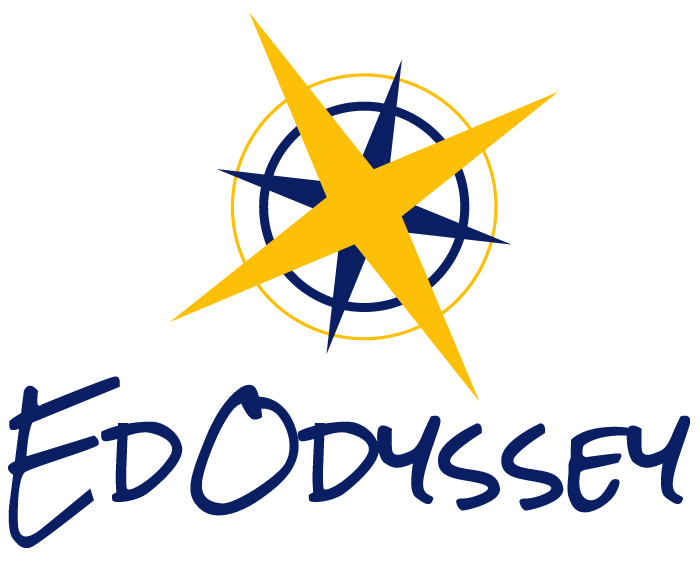Blog
Developing Your Study Abroad Personal Project: 3 Steps for Student Success
Studying a semester abroad can be one of the most important experiences of your life, and you’ll want to have a piece for your professional portfolio that differentiates you from other study abroad students and young professionals. When you walk away from this experience, you’ll come away with a unique project that showcases your passions and skills.
Marymount University Supports Students with Medical Spanish Scholarships
The Center for Global Education at Marymount University supported their students who aspire to work in healthcare-related fields with Latinx Patient scholarships.
Search previous blogs here.
